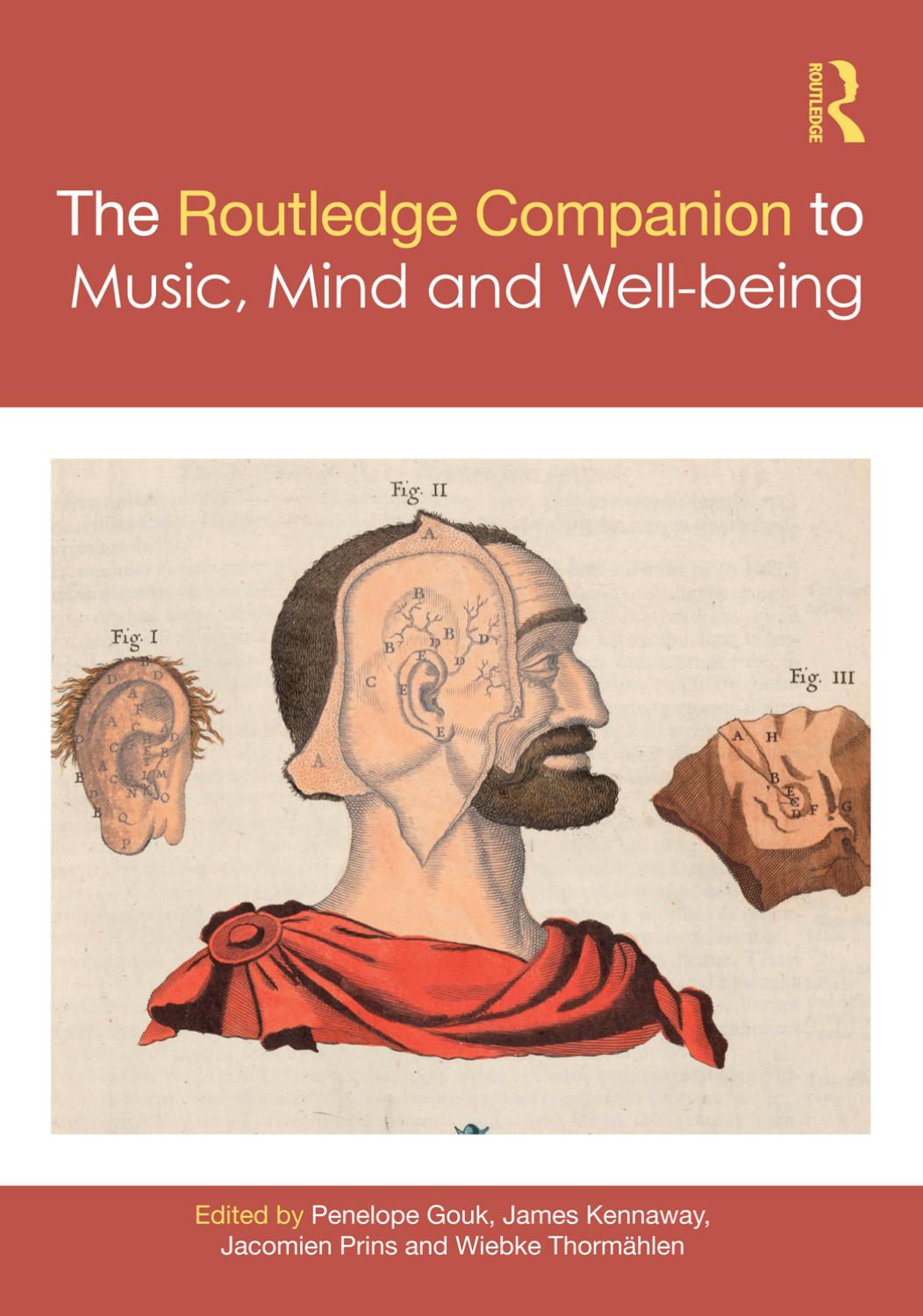The Routledge Companion to Music, Mind, and Well-being by Penelope Gouk James Kennaway Jacomien Prins Wiebke Thormahlen

Author:Penelope Gouk,James Kennaway,Jacomien Prins,Wiebke Thormahlen
Language: eng
Format: epub, pdf
ISBN: 9781351674980
Publisher: Taylor & Francis Ltd
Music, Mind and Emotions
In relation to where the different views locate the emotions when focusing on the musical experience and the musical object, we can have two groups of theories: those that claim that the place of emotions is in the music; and those that argue that it is in the listener (Kania, 2017; Lentini, 2014). When emotions are in the music, they are usually identified with its content and they are required to be merely recognised by a listener, without her/him necessarily feeling them. When the emotions are located in the listener, in contrast, it means that the connection between music and emotions lies in the fact that music has the ability to make people feel emotions – music’s special status would consist in this specific ability.
The difference between these two views has also been discussed in terms of the distinction between cognitivism and emotivism. Kivy (1990) states very clearly the terms of the debate between the two groups of theories:
An “ancient quarrel” runs through the philosophy of music. It concerns the relation of music to the emotive life and I will characterise it here as the quarrel between musical “cognitivists” and musical “emotivists” […]. Those I am calling musical emotivists believe that when, under normal circumstances, musical critics, theorists or just plain listeners call a piece of music (say) “sad,” it is because it makes us sad when we listen to it; and what they mean by “sad” music, I will assume, is music that normally arouses sadness in the normal listener. The musical cognitivists, like the emotivists, believe that it is proper sometimes to describe music in emotive terms. But unlike the emotivists, they do not think that sad music is sad in virtue of arousing that emotion in listeners. Rather, they think the sadness is an expressive property of the music which the listener recognises in it, much as I might recognise sadness as a quality of a dog’s countenance or even of an abstract configuration of lines.
(Kivy, 1990, pp. 146–147)
Download
The Routledge Companion to Music, Mind, and Well-being by Penelope Gouk James Kennaway Jacomien Prins Wiebke Thormahlen.pdf
This site does not store any files on its server. We only index and link to content provided by other sites. Please contact the content providers to delete copyright contents if any and email us, we'll remove relevant links or contents immediately.
The Art of Thinking Clearly by Rolf Dobelli(10137)
Mindhunter: Inside the FBI's Elite Serial Crime Unit by John E. Douglas & Mark Olshaker(9100)
Change Your Questions, Change Your Life by Marilee Adams(7561)
Nudge - Improving Decisions about Health, Wealth, and Happiness by Thaler Sunstein(7456)
Mastermind: How to Think Like Sherlock Holmes by Maria Konnikova(7160)
The Power of Now: A Guide to Spiritual Enlightenment by Eckhart Tolle(5534)
Men In Love by Nancy Friday(5110)
Altered Sensations by David Pantalony(5002)
Factfulness: Ten Reasons We're Wrong About the World – and Why Things Are Better Than You Think by Hans Rosling(4624)
The Confidence Code by Katty Kay(4155)
Thinking in Bets by Annie Duke(4118)
Man and His Symbols by Carl Gustav Jung(4008)
The Worm at the Core by Sheldon Solomon(3395)
Why Buddhism is True by Robert Wright(3371)
Three Women by Lisa Taddeo(3319)
Liar's Poker by Michael Lewis(3316)
The Inner Life of Animals by Peter Wohlleben(3196)
Descartes' Error by Antonio Damasio(3187)
The Power of Mindful Learning by Ellen J. Langer(3132)
